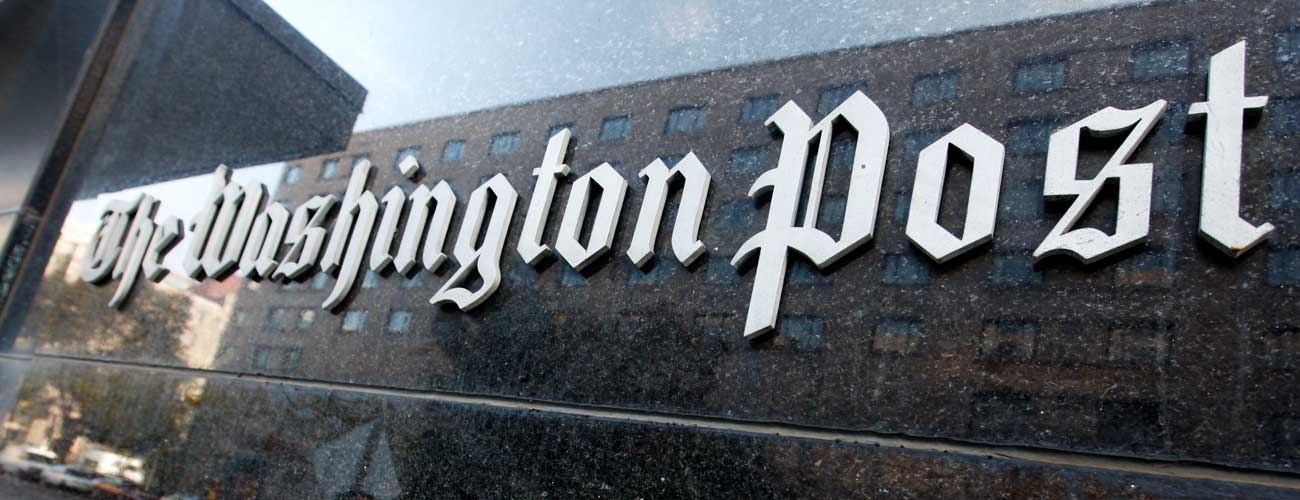The Washington Post’s November 24 report checked all the boxes: “The flood of ‘fake news’ this election season got support from a sophisticated Russian propaganda campaign,” it began. Not only had American voters been influenced by a deliberate misinformation operation, the story suggested, but the Kremlin was largely to blame. Journalists and Democrats still searching for answers after Donald Trump’s out-of-left-field win quickly launched the piece into an accelerating November jet stream of fake news paranoia.
It became apparent soon after that the Post had itself fallen for shoddy information. The story relied heavily on a report by PropOrNot, an anonymous internet group that bills itself as “Your Friendly Neighborhood Propaganda Identification Service, Since 2016!” While its study claimed to show how a deliberate Russian effort had unduly influenced American public opinion, it included in its calculations non-fake, left-wing sites like Naked Capitalism and Truthdig, among others.
On Wednesday, after two weeks of outcry from progressives and Greenwaldian takedowns at The Intercept and elsewhere, the Post appended a lengthy editor’s note to the story. It leaves much to be desired. Emphasis added in the relevant section below:
A number of those sites have objected to being included on PropOrNot’s list, and some of the sites, as well as others not on the list, have publicly challenged the group’s methodology and conclusions. The Post, which did not name any of the sites, does not itself vouch for the validity of PropOrNot’s findings regarding any individual media outlet, nor did the article purport to do so. Since publication of The Post’s story, PropOrNot has removed some sites from its list.
Indeed, the Post did not name any of the questionable sites in its story, though it eventually linked to PropOrNot’s list. And a few of those sites told Rolling Stone that the newspaper never reached out for comment before implicitly including them as part of the Kremlin’s “propaganda machinery.”
Related: Revolution at The Washington Post
More importantly, the editor’s note vaults into verbal gymnastics in an attempt to simultaneously rationalize and distance itself from an obviously flawed primary source. Any data analysis is only as good as the sum of its parts, and it’s clear that PropOrNot’s methodology was lacking.
The Post, of course, was merely reporting what PropOrNot said. Yet it used declarative language throughout, sans caveat, lending credence to a largely unknown organization that lumps together independent left-wing publications and legitimately Russian-backed news services. The Post diminished its credibility at a time when media credibility is in short supply, and the non-apologetic editor’s note doesn’t help.
Fake news is certainly a problem, even if it’s not worthy of the sky-is-falling proclamations that have consumed the mainstream media over the past month. But precision in defining what’s bunk—and, more importantly, what isn’t—is the first order of business, even if it comes at the expense of a good narrative. Otherwise, labeling something as “fake” will quickly lose its punch.
A Post spokeswoman declined to comment further on the episode, saying that the editor’s note speaks for itself.
Related: Eight steps reporters should take before Trump assumes office
David Uberti is a writer in New York. He was previously a media reporter for Gizmodo Media Group and a staff writer for CJR. Follow him on Twitter @DavidUberti.

